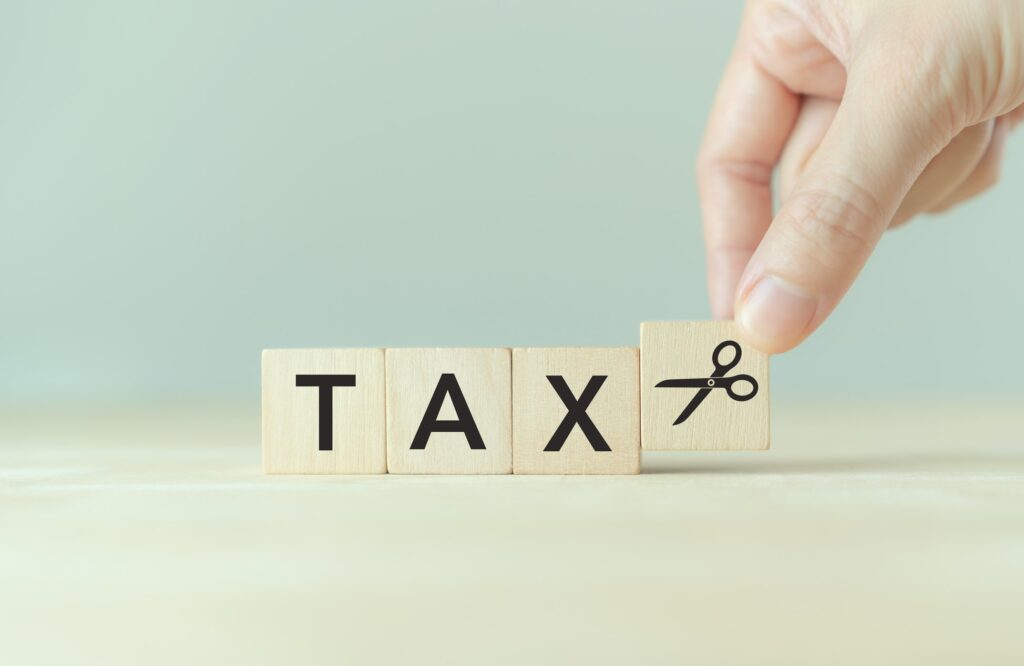
As investors move closer to retirement, portfolio performance should become a priority. Participants should know how much they are contributing and how much they are paying in fees. They should also be aware of the important milestones on the journey that can impact savings and prove advantageous in the long run. Here are the points of opportunity for investors from age 50 and beyond.
Age 50
Age 50 is the perfect time for investors to play catch-up on their retirement savings. This is the first occasion workers can contribute beyond the usual limits to their retirement accounts, commonly known as “catch-up contributions.” According to the Internal Revenue Service (IRS), participants in 401(k), 403(b), and most 457 plans can contribute $7,500 beyond the $23,000 standard for a total of $30,500 in 2024. For individual retirement accounts (IRA) in 2024, the catch-up contribution is $1,000 more than the standard contribution of $7,000 for a total of $8,000. Through catch-up contributions, participants can reduce gaps in their savings and make greater progress toward their retirement goals.[1]
The tax advantages accompanying catch-up contributions are another good reason to make them. Contributions to traditional retirement accounts are usually tax deductible, and Roth IRA holders will not pay tax on their distributions. Those paying the maximum contribution benefit the most. In some cases, participants can also lower their tax bracket through catch-up contributions.
Age 50 is also a chance for investors to reassess their risk tolerance, check in on their investment performance, and rebalance their portfolio. People with less than 20 years to retirement may consider shifting to a more risk-conservative portfolio to protect accumulated savings.
Age 55
The IRS discourages using retirement funds for purposes other than retirement and therefore, early withdrawals from retirement accounts usually incur a 10% tax. That fee is equivalent to 10% of the portion of the distribution includable in gross income. However, investors may not know they can withdraw from 401(k) or other employer-sponsored retirement plans starting at age 55 within certain requirements. Individuals who leave a job the year they turn 55 or later can withdraw from that employer’s retirement plan penalty-free. Other previous retirement accounts are not eligible, and this also excludes IRA rollover funds.[2] This can relieve individuals who have retired early or cannot obtain employment later in their careers.
Age 59 ½
The full retirement age for collecting Social Security benefits in 2024 is 67 for those born in 1960 or later. Partial benefits can begin as early as age 62. But for those who retire early, the IRS permits IRA, 401(k), and 403 (b) holders aged 59 ½ and older to take money from retirement accounts without incurring the 10% early withdrawal penalty. Individuals with old 401(k) funds can also roll those funds into a traditional or Roth IRA, which is one way this development differs from the IRS rule of 55. This means individuals can have access to more investment options. [3]
Age 62
The soonest early retirees can collect Social Security benefits is 62. Early claimants receive reduced payouts for life, so individuals should consider their health, financial situation, and long-term retirement goals before applying.
Age 67
Age 67 marks the year for collecting full Social Security benefits for those born in 1960 or later. Individuals who wait until full retirement age to claim can work and receive Social Security benefits. Additionally, monthly payments increase if claimants delay beyond full retirement age.
Age 73
Required Minimum Distributions (RMDs) are the mandatory withdrawal minimums individuals must meet each year. They begin at age 73 and apply to 401(k)s, 403(b)s, and traditional IRAs. For 2024 and later, designated Roth accounts are exempt from RMDs. While it is ok to withdraw more than the minimum from a traditional retirement account, it could mean a higher tax burden and an end to tax-free growth for the withdrawn funds. There are consequences to failing to take an RMD, which involves a 50% penalty based on the RMD amount plus the tax owed.[4] Individuals should consult a financial advisor about creating a plan to avoid missing RMDs and developing a long-term tax minimization plan. This could consist of converting part or all of a traditional retirement account to a Roth IRA or strategically drawing on other income sources.
By understanding the retirement timeline and which doors these important ages may open, individuals can position themselves for a better future. SHP Financial can help clients take advantage of these important financial occasions by creating a personalized, comprehensive retirement plan. Click HERE to schedule a complimentary review of your finances and tell us about your retirement goals.
Sources
[3] https://www.investopedia.com/ask/answers/12/401k.asp
[4]https://www.irs.gov/retirement-plans/retirement-plan-and-ira-required-minimum-distributions-faqs
Certain guides and content for publication were either co-authored or fully provided by third party marketing firms. SHP Financial utilizes third party marketing and public relation firms to assist in securing media appearances, for securing interviews, to provide suggested content for radio, for article placements, and other supporting services.
The content presented is for informational purposes only and is not intended as offering financial, tax, or legal advice, and should not be considered a solicitation for the purchase or sale of any security. Some of the informational content presented was prepared and provided by tMedia, LLC, while other content presented may be from outside sources believed to be providing accurate information. Regardless of source no representations or warranties as to the completeness or accuracy of any information presented is implied. tMedia, LLC is not affiliated with the Advisor, Advisor’s RIA, Broker-Dealer, or any state or SEC registered investment advisory firm. Before making any decisions you should consult a tax or legal professional to discuss your personal situation.Investment Advisory Services are offered through SHP Wealth Management LLC., an SEC registered investment advisor. Insurance sales are offered through SHP Financial, LLC. These are separate entities, Matthew Chapman Peck, CFP®, CIMA®, Derek Louis Gregoire, and Keith Winslow Ellis Jr. are independent licensed insurance agents, and Owners/Partners of an insurance agency, SHP Financial, LLC.. In addition, other supervised persons of SHP Wealth Management, LLC. are independent licensed insurance agents of SHP Financial, LLC. No statements made shall constitute tax, legal or accounting advice. You should consult your own legal or tax professional before investing. Both SHP Wealth Management, LLC. and SHP Financial, LLC. will offer clients advice and/or products from each entity. No client is under any obligation to purchase any insurance product.








